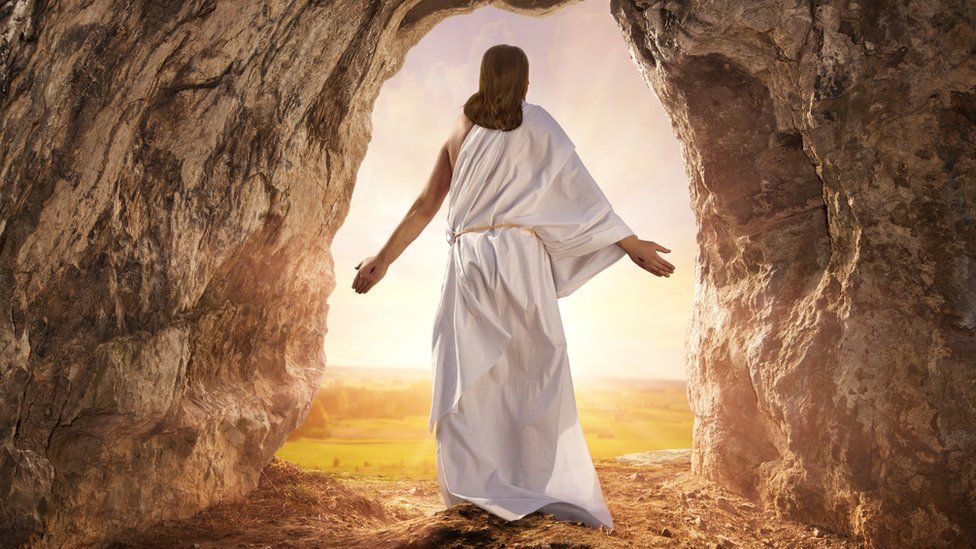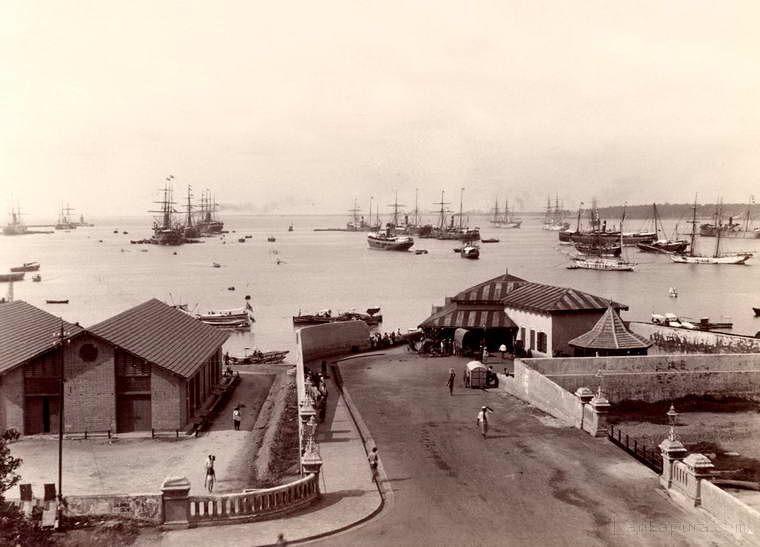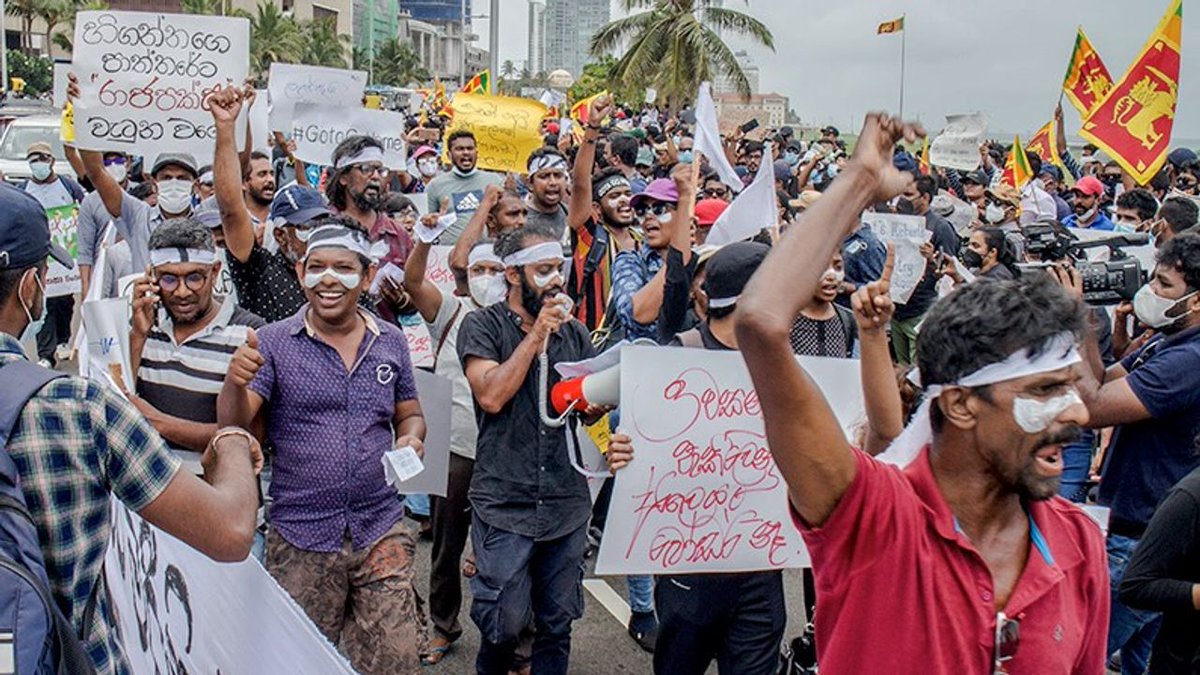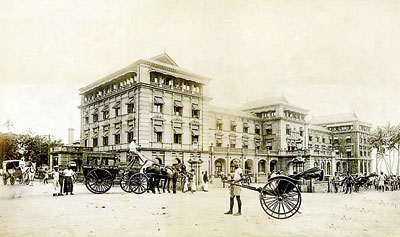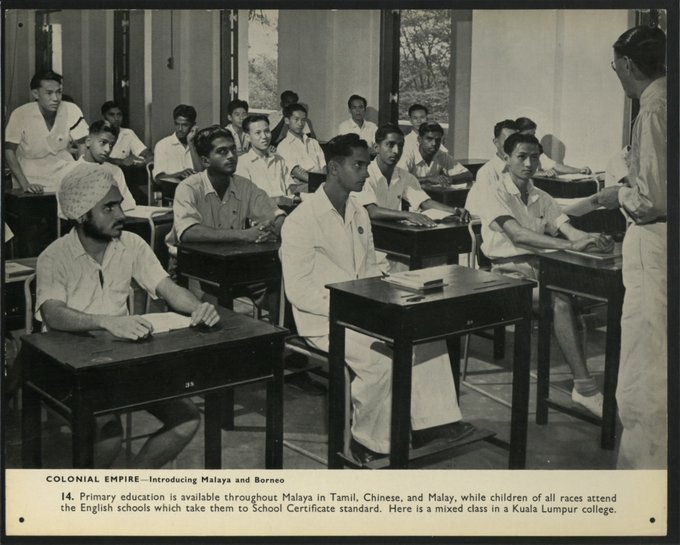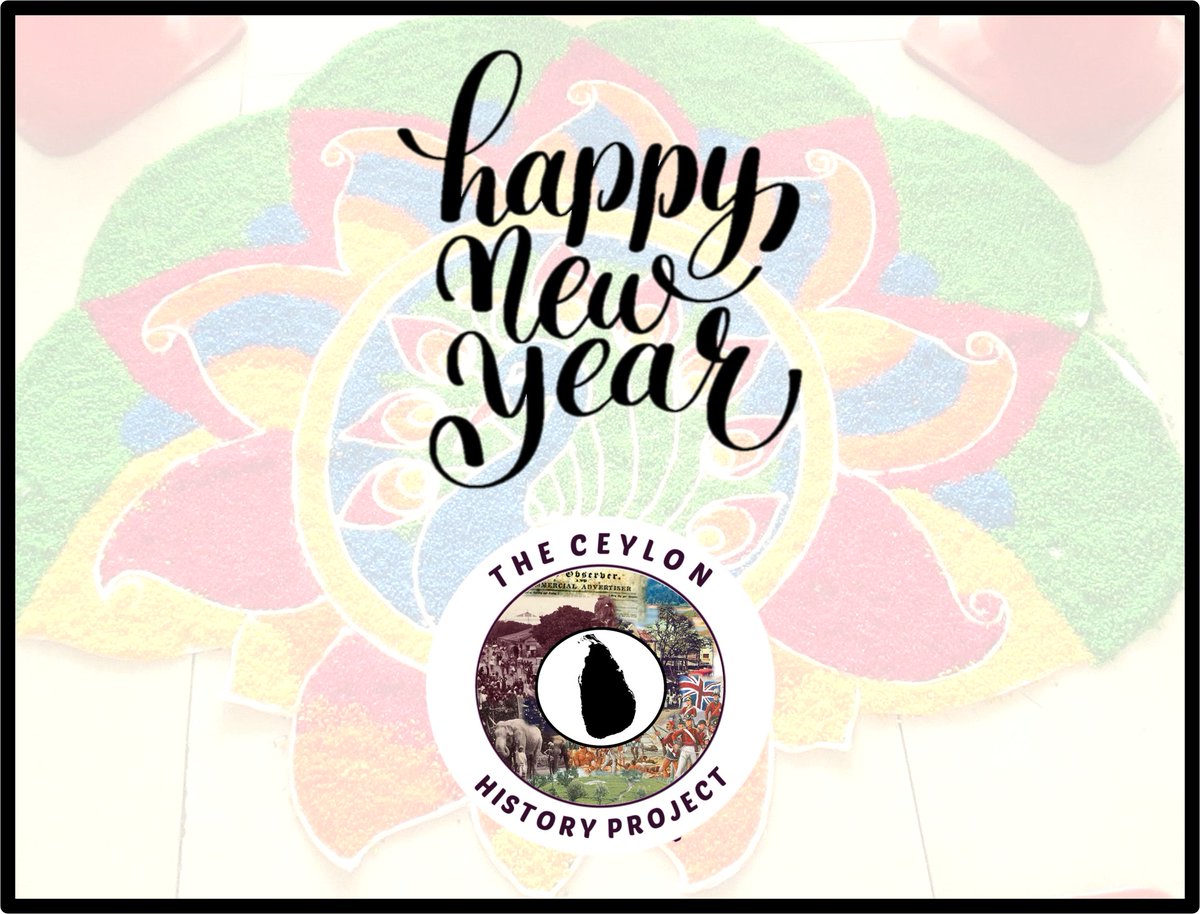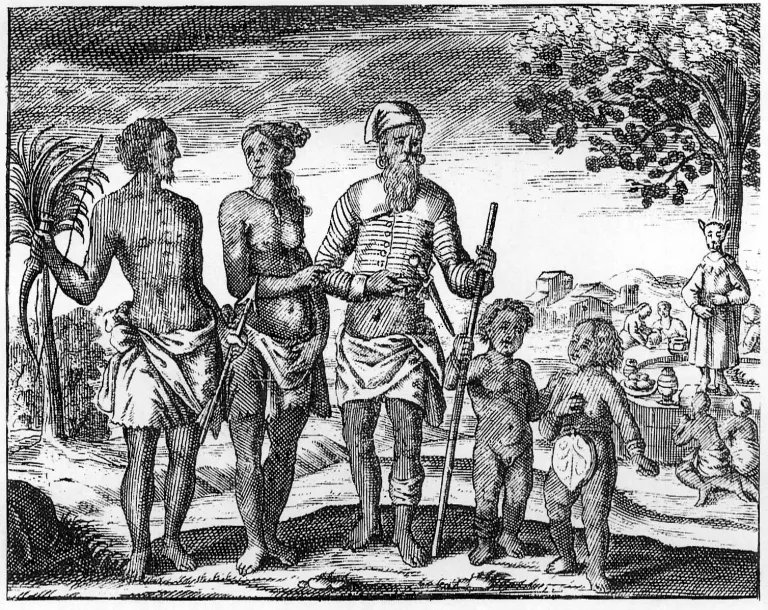
There have been increasing cries for President Rajapaksa to step down, but this is not unique to today…
Take a look at how in 1953, the Ceylonese Hartal brought down PM Senanayake and his UNP government…
#srilanka #history #lka #EconomicCrisisLK #srilankaprotests #GoHomeGota

Take a look at how in 1953, the Ceylonese Hartal brought down PM Senanayake and his UNP government…
#srilanka #history #lka #EconomicCrisisLK #srilankaprotests #GoHomeGota
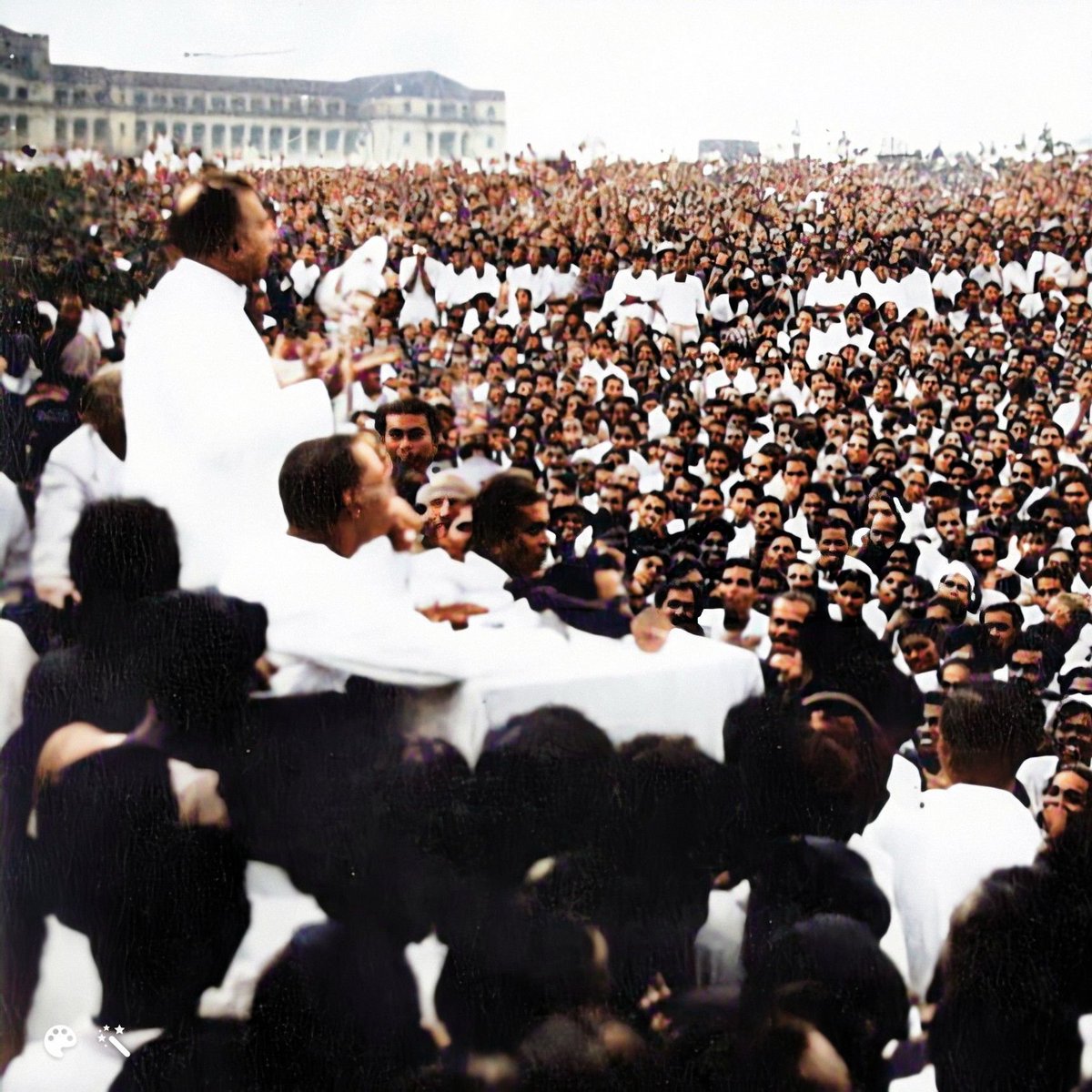

In the 1952 elections, the UNP, led by Dudley Senanayake, won a majority in Parliament. However, in 1953, things went downhill as Sri Lanka slumped into economic crisis after the boom from the Korean war came to an end. 

However, the government response was seen as detrimental to the situation as subsidies on rice were lifted and social welfare spending was cut. The prices of basic commodities rose and Finance Minister J. R. Jayewardene even telling people to just “Grow your own food.” 

The Hartal eventually erupted in Aug 1953 as poor working class Indian Tamils and Sinhalese grew angry. The Lanka Sama Samaja Party staged a protest on Galle Face Green. In the southwest of the island, protesters erected barricades and stifled daily life.
#GalleFaceProtest #lka
#GalleFaceProtest #lka

People attempted to cause havoc in any way possible–dismantling rail lines, cutting telegraph wires, stoning buses, etc. As people continued to sabotage services and major unrest erupted, the police were called to quell the protest. By day's end, many protesters would be injured. 

Eventually, the government had to respond. PM Dudley Senanayake resigned on 12 Oct 1953 and John Kotelawala became the new Prime Minister. His party would go on to be trounced in the 1956 elections to the SLFP, who would use a socialist and “Sinhala Only” platform to win. 

History shows that removing leaders is nothing new to Sri Lanka, but often times, it's important that we are careful with our decision.
Often, when we get worked up in the moment we let people take control that sometimes make other situations worse.
Often, when we get worked up in the moment we let people take control that sometimes make other situations worse.
Media Credit: wikimedia.org
Sources: wsws.org/en/articles/20…
marxists.org/history/etol/d…
Print Source:
Blows Against the Empire Trotskyism in Ceylon by Al Richardson
Sources: wsws.org/en/articles/20…
marxists.org/history/etol/d…
Print Source:
Blows Against the Empire Trotskyism in Ceylon by Al Richardson
• • •
Missing some Tweet in this thread? You can try to
force a refresh






